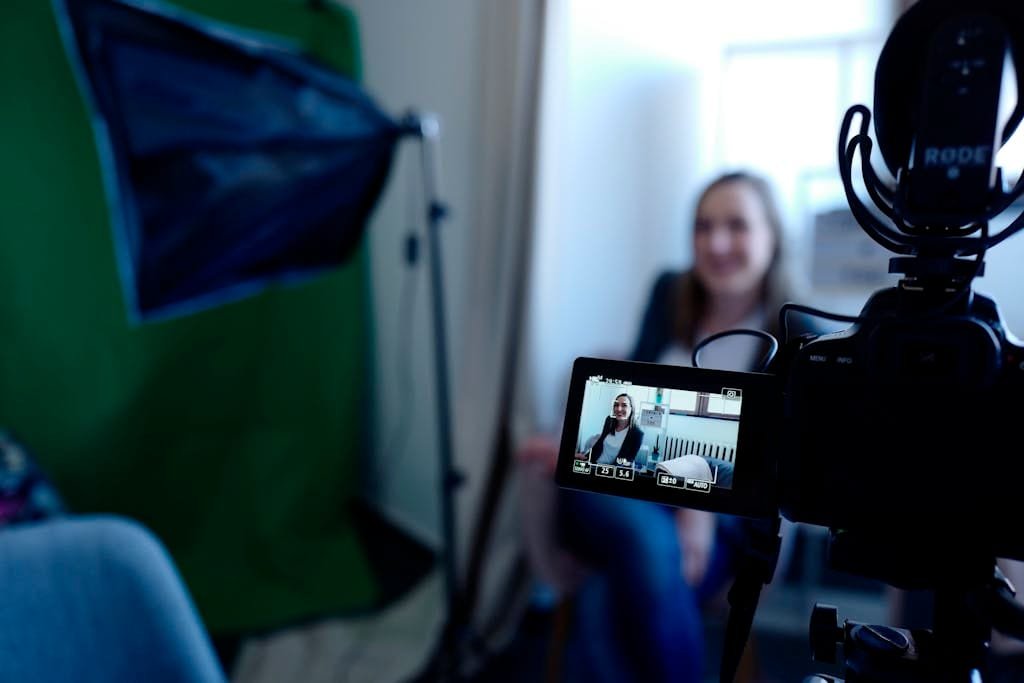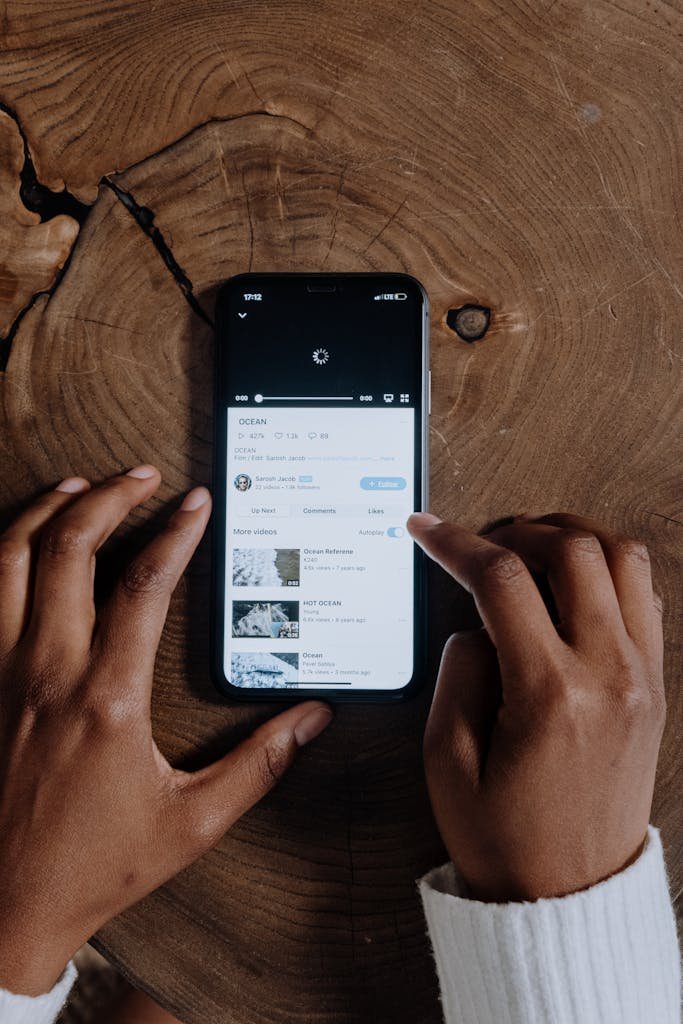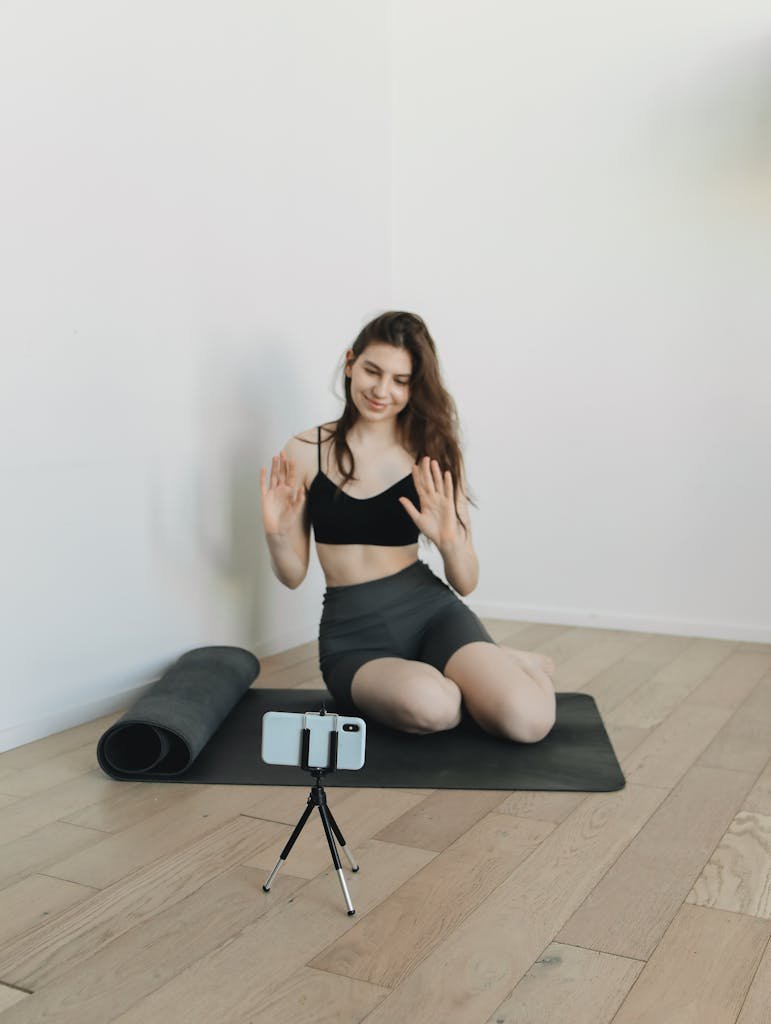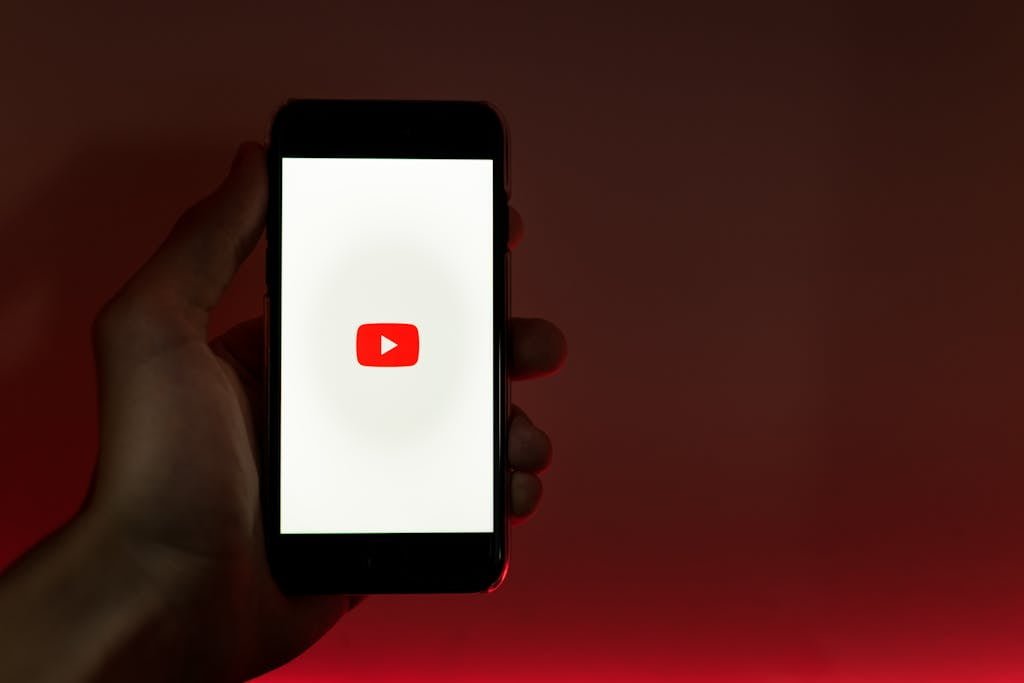When it comes to networking, LinkedIn is the go-to platform for professionals.
With over 830 million members worldwide, it’s a great way to connect with potential clients, employees, and collaborators.
But with so many people on the platform, it’s important to stand out from the crowd and make a good first impression.
One way to do this is to send thoughtful connection requests.
When done right, a good connection request can pave the way for a meaningful relationship.
But when done wrong, it can leave a sour taste in the recipient’s mouth.
In this blog post, we’ll discuss some of the biggest no-nos of LinkedIn connection request etiquette.
By following these tips, you can avoid making mistakes that could damage your reputation and hinder your networking efforts.
Table of Contents
ToggleDon’t send generic connection requests
Your connection request message should be personalized and relevant to the recipient.
Mention something specific about their profile or work experience that interests you. Explain why you want to connect with them.
Here are a few tips for writing personalized connection requests:
- Do your research. Before you send a connection request, take some time to read the recipient’s profile. Learn about their work experience, education, and interests. This will help you to write a message that is tailored to them specifically.
- Be specific. In your message, mention something specific about the recipient’s profile or work experience that interests you. For example, you could say something like, “I was impressed by your recent article on LinkedIn about [topic].”
- Be relevant. Explain why you want to connect with the recipient. Are you looking for a mentor, a potential client, or a new job opportunity? Be honest and upfront about your intentions.
Here is an example of a personalized connection request:
Hi [name],
I was impressed by your recent article on LinkedIn about [topic]. As a fellow [your profession], I’m always interested in learning more about how to [achieve a goal].
I’m also interested in connecting with other professionals in the [your industry] industry. I’m currently working on a project to [achieve a goal], and I would love to hear your thoughts.
I’ve attached my LinkedIn profile for your review. I look forward to hearing from you soon.
Best, [Your name]
By taking the time to write personalized connection requests, you can show potential connections that you are serious about getting to know them and building a relationship. This will increase your chances of getting your connection requests accepted and building a strong network on LinkedIn.
Don’t send connection requests to people you don’t know
Only send connection requests to people you have a genuine interest in connecting with.
This could be someone you’ve met in person, worked with in the past, or admire professionally.
Here are a few reasons why you should avoid sending connection requests to people you don’t know:
- It can be annoying for the recipient. If you send a connection request to someone who doesn’t know you, they may be confused or even offended. They may also be less likely to accept your request.
- It can make you look unprofessional. Sending connection requests to people you don’t know can make it seem like you’re just trying to boost your network numbers, rather than building genuine relationships.
- It can be a waste of your time. If you send connection requests to people who aren’t interested in connecting with you, you’re less likely to get your requests accepted. This can be a waste of your time and energy.
Instead of sending connection requests to people you don’t know, focus on connecting with people you have something in common with. This could be your industry, your alma mater, or your interests. You can also try to connect with people through mutual connections.
Here are a few tips for connecting with people you don’t know on LinkedIn:
- Join relevant groups. LinkedIn groups are a great way to connect with people who share your interests. Once you’ve joined a group, participate in discussions and answer questions. This will help you to build your reputation and make connections with other members.
- Attend LinkedIn events. LinkedIn events are another great way to meet people in your industry. When you attend an event, make sure to introduce yourself to people and exchange business cards.
- Reach out to people directly. If you see someone you’re interested in connecting with, don’t be afraid to send them a direct message. In your message, introduce yourself and explain why you want to connect.
Don’t send connection requests to people who are clearly not in your industry or field
LinkedIn is a great way to connect with people in your industry or field, but it’s not a good place to connect with people who aren’t relevant to your career.
Here are a few reasons why you should avoid sending connection requests to people who are not in your industry or field:
- It’s not relevant. If you’re in the tech industry, there’s no point in connecting with someone in the healthcare industry. They’re not likely to be interested in what you have to offer, and vice versa.
- It can be annoying. If you send a connection request to someone who’s not in your industry or field, they may be confused or even annoyed. They may also be less likely to accept your request.
- It can make you look unprofessional. Sending connection requests to people who aren’t relevant to your career can make it seem like you’re just trying to boost your network numbers, rather than building genuine relationships.
Instead of sending connection requests to people who are not in your industry or field, focus on connecting with people you have something in common with.
This could be your skills, your interests, or your goals.
You can also try to connect with people through mutual connections.
Here are a few tips for connecting with people in your industry or field on LinkedIn:
- Search for people by industry and job title. LinkedIn allows you to search for people by industry and job title. This is a great way to find people who are relevant to your career.
- Join relevant groups. LinkedIn groups are a great way to connect with people who share your interests. Once you’ve joined a group, participate in discussions and answer questions. This will help you to build your reputation and make connections with other members.
- Attend LinkedIn events. LinkedIn events are another great way to meet people in your industry. When you attend an event, make sure to introduce yourself to people and exchange business cards.
- Reach out to people directly. If you see someone you’re interested in connecting with, don’t be afraid to send them a direct message. In your message, introduce yourself and explain why you want to connect.
Don’t send connection requests to people who are clearly not qualified for the type of connection you’re looking for.
If you’re looking to connect with potential clients, don’t send connection requests to people who are entry-level employees. If you’re looking to connect with potential employers, don’t send connection requests to people who are freelancers or contractors.
Here are a few reasons why you should avoid sending connection requests to people who are not qualified for the type of connection you’re looking for:
- It’s a waste of time. If you send a connection request to someone who’s not qualified for the type of connection you’re looking for, they’re less likely to accept your request. And even if they do accept your request, they’re not likely to be helpful in your networking efforts.
- It can be annoying. If you send a connection request to someone who’s not qualified for the type of connection you’re looking for, they may be confused or even annoyed. They may also be less likely to accept your future connection requests.
- It can make you look unprofessional. Sending connection requests to people who aren’t relevant to your goals can make it seem like you’re just trying to boost your network numbers, rather than building genuine relationships.
Instead of sending connection requests to people who are not qualified for the type of connection you’re looking for, focus on connecting with people who are a good fit for your needs. This could be people who are in the same industry as you, who have similar job titles, or who have the skills and experience that you’re looking for.
Here are a few tips for connecting with people who are a good fit for your needs on LinkedIn:
- Use LinkedIn’s advanced search features. LinkedIn allows you to search for people by industry, job title, skills, and more. This is a great way to find people who are a good fit for your needs.
- Join relevant groups. LinkedIn groups are a great way to connect with people who share your interests. Once you’ve joined a group, participate in discussions and answer questions. This will help you to build your reputation and make connections with other members.
- Attend LinkedIn events. LinkedIn events are another great way to meet people who are a good fit for your needs. When you attend an event, make sure to introduce yourself to people and exchange business cards.
- Reach out to people directly. If you see someone you’re interested in connecting with, don’t be afraid to send them a direct message. In your message, introduce yourself and explain why you want to connect.
Conclusion
By following the tips in this blog post, you can avoid making mistakes with your LinkedIn connection requests. This will help you to build a strong network of connections that can help you achieve your professional goals.
Here are a few key takeaways:
- Personalize your connection requests. Explain why you want to connect with the recipient and mention something specific about their profile or work experience that interests you.
- Only send connection requests to people you have a genuine interest in connecting with. This could be someone you’ve met in person, worked with in the past, or admire professionally.
- Avoid sending connection requests to people who are clearly not interested in connecting with you. This could be someone with a lot of connections, someone who is not in your industry, or someone who is not qualified for the type of connection you’re looking for.
By following these simple tips, you can make a good impression on potential connections and build a strong network on LinkedIn.







